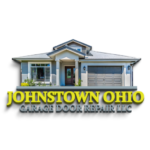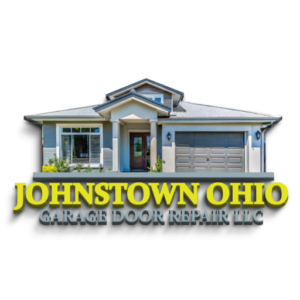- COMMERCIAL GARAGE DOOR REPAIR
- GARAGE DOOR OPENER INSTALLATION
- GARAGE DOOR SPRING REPAIR
- SAME-DAY GARAGE DOOR REPAIR
- CUSTOM GARAGE DOOR
- GARAGE DOOR OPENER REPAIR
- GARAGE DOOR TRACK REPAIR
- GARAGE DOOR CABLE REPAIR
- GARAGE DOOR PANEL REPAIR
- LOCAL GARAGE DOOR REPAIR
- GARAGE DOOR REPLACEMENT
- NOISY GARAGE DOOR FIX
- GATE REPAIR
- GARAGE DOOR INSTALLATION
- GARAGE DOOR SECTION REPLACEMENT
- OVERHEAD GARAGE DOOR REPAIR

Understanding Garage Door Springs and Their Repair Needs
Garage doors are often one of those household items we don’t think about until something goes wrong. A common culprit in garage door troubles is the springs. Whether you’re dealing with a door that won’t open or close smoothly, it’s likely time to consider garage door spring repair. In this blog post, we’ll explore the different types of garage door springs and their unique repair needs to help you understand what might be going on behind the scenes.
Types of Garage Door Springs
When it comes to garage doors, two main types of springs do all the heavy lifting—torsion springs and extension springs. Knowing which type you have can help you better understand their specific repair needs.
Torsion Springs
Torsion springs are commonly found in modern garage doors. These springs are sturdy and durable and are typically installed horizontally above the garage door opening. They work by twisting to store energy and then unwinding to lift the door. Because they handle a lot of tension, they can be dangerous to repair or replace without professional help. Signs you might need torsion spring repair include a door that feels heavier than usual or one that opens unevenly.
Extension Springs
Extension springs are often found in older garage doors. These springs run parallel to the tracks on either side of the door, extending as the door closes and contracting as it opens. One telltale sign of extension spring failure is a jerky door movement or visible gaps in the springs. Like torsion springs, extension springs are under significant tension, making DIY repairs risky.
TorqueMaster Springs
TorqueMaster springs are a variation of torsion springs, designed for ease of use and safety. These springs are enclosed within a metal tube, reducing the risk of injury from a snapping spring. However, this also means they’re more challenging to inspect visually. If your door isn’t operating correctly and your springs are enclosed, it might be time to call a professional for a thorough check-up.
Repair Needs for Garage Door Springs
Understanding the types of garage door spring is only half the battle. Knowing when to call in the experts is crucial for keeping your garage door in peak condition.
Professional Repair Is Key
While some minor garage door issues can be tackled with a little DIY spirit, spring repair is best left to professionals. The high tension these springs operate under makes them hazardous to work with if you’re not experienced. A professional can safely assess your springs, determine their repair needs, and replace them if necessary.
Regular Maintenance
Regular maintenance can extend the life of your garage door spring and prevent unexpected breakdowns. This includes lubrication, regular inspections, and addressing minor issues before they become major problems. Many garage door companies offer maintenance packages that can save you time and hassle in the long run.
When to Replace
No matter how well you maintain your springs, they’ll eventually reach the end of their lifespan. Most springs are rated for 10,000 cycles, so if you’re approaching this number, it’s wise to start budgeting for replacements. Waiting until the springs fail can leave you with a non-functioning garage door and potential safety hazards.
Whether you’re dealing with torsion, extension, understanding their repair needs is essential for keeping your garage door functioning smoothly. Remember, when it comes to garage door spring repair, safety should always be your priority. For reliable service and expert advice, consider reaching out to Johnstown Ohio Garage Door Repair. They’re just a call away to help you with all your garage door needs.

